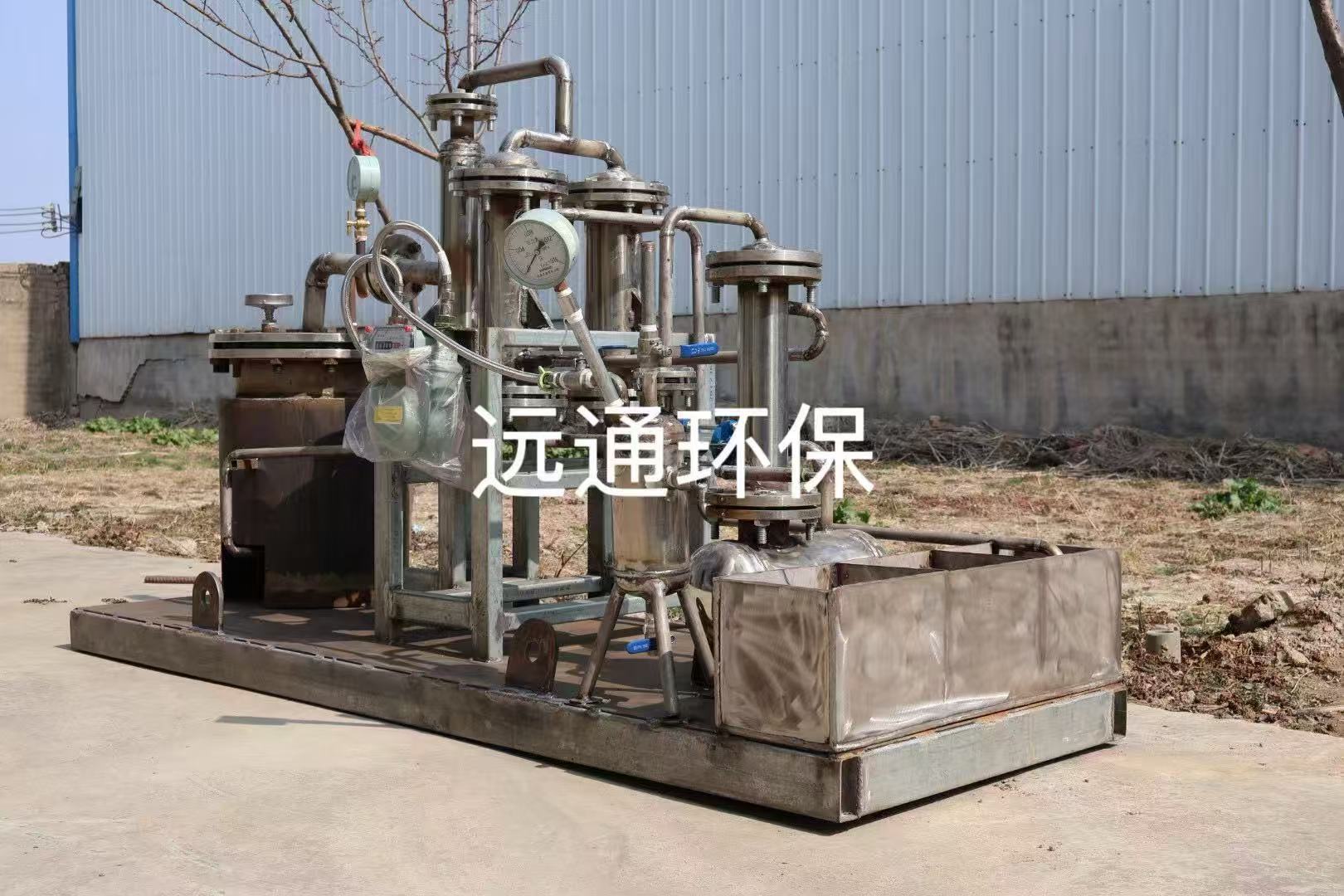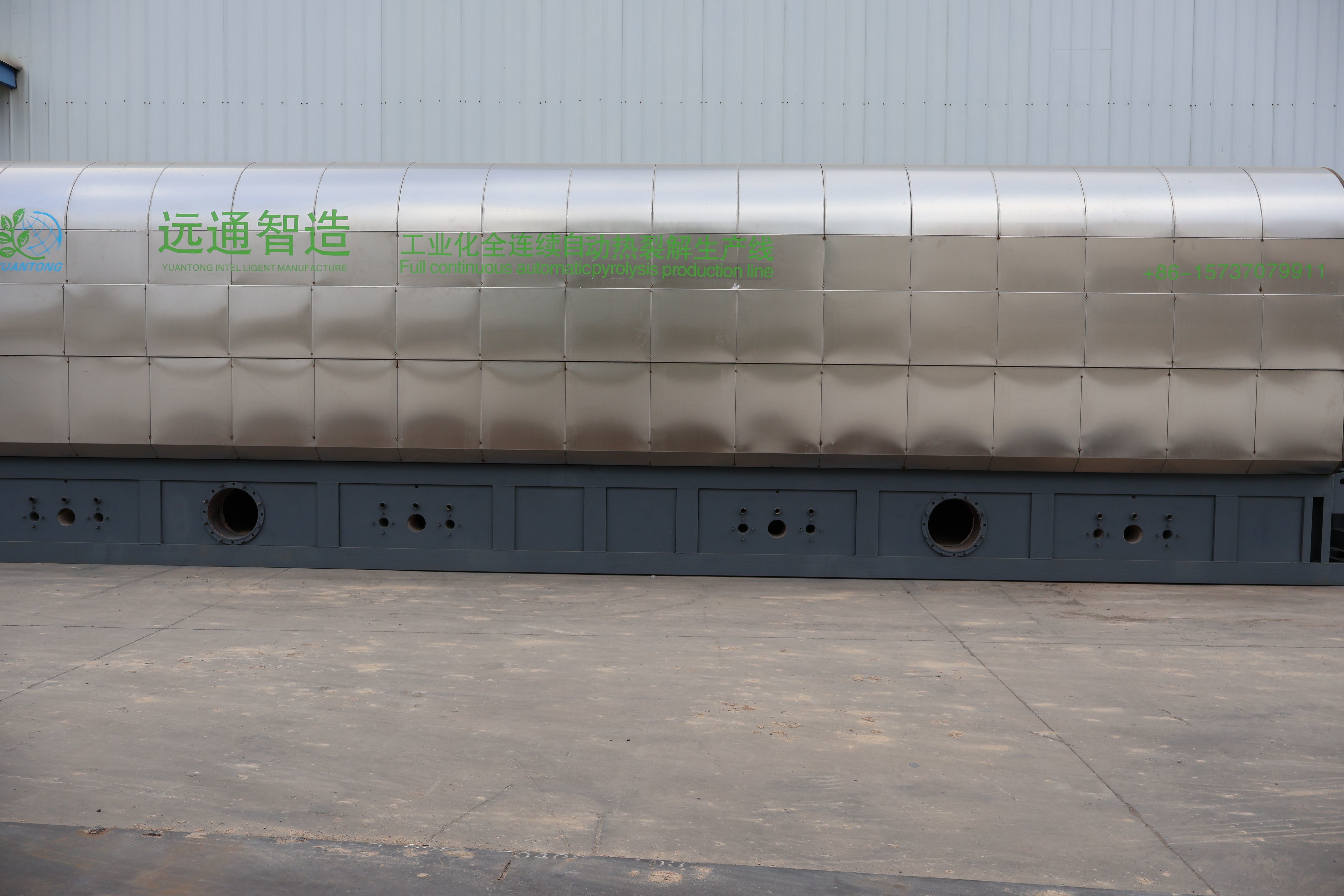5-10kg scale plastic/tire pyrolysis equipment can accurately test the oil yield, carbon slag content and non-condensing gas content of various raw materials.
Release time:
Mar 03,2025
5-10kg scale plastic/tire pyrolysis equipment can accurately test the oil yield, carbon slag content and non-condensing gas content of various raw materials.
**5-10kg Scale Plastic/Tire Pyrolysis Equipment Can Accurately Test the Oil Yield, Carbon Slag Content and Non-Condensing Gas Content of Various Raw Materials**
In recent years, the increasing concern over waste management and environmental sustainability has led to the development of innovative technologies for recycling materials. One such technology is pyrolysis, a thermochemical decomposition process that converts organic materials into valuable products like oil, carbon black, and gas. The 5-10kg scale plastic and tire pyrolysis equipment stands out for its ability to accurately test key metrics such as oil yield, carbon slag content, and non-condensing gas content from various raw materials. This article explores the significance of this equipment, its operation, and its impact on waste management.
**Understanding Pyrolysis and Its Importance**
Pyrolysis is a process that occurs in the absence of oxygen, allowing for the breakdown of complex organic materials at high temperatures. This method has gained popularity as an efficient means of converting waste plastics and tires into useful products. The primary outputs of pyrolysis include pyrolytic oil, carbon black, and non-condensing gases.
The significance of accurately measuring the oil yield, carbon slag content, and non-condensing gas content cannot be overstated. These metrics not only determine the efficiency of the pyrolysis process but also help in evaluating the economic viability of using different raw materials. By understanding these parameters, manufacturers can optimize their processes and reduce waste, ultimately contributing to a more sustainable environment.
**The Role of 5-10kg Scale Pyrolysis Equipment**
The 5-10kg scale pyrolysis equipment is designed for small-scale operations, making it an ideal choice for laboratories, research institutions, and small businesses. This equipment allows for controlled experiments to assess the feasibility of different raw materials for pyrolysis.
One of the primary advantages of this scale of equipment is its ability to provide accurate and reproducible results. It allows researchers to conduct tests on various types of plastics and tires, enabling them to identify the most suitable materials for oil production. The compact size of this equipment also means it can be easily integrated into existing facilities, making it accessible for a wide range of users.
**Testing Oil Yield**
Oil yield is a critical factor in determining the efficiency and profitability of the pyrolysis process. The 5-10kg scale pyrolysis equipment is equipped with advanced measuring systems that can accurately quantify the amount of oil produced from different raw materials.
During the pyrolysis process, the raw materials are heated to a specific temperature, leading to the thermal decomposition of the materials. The resulting vapors are then condensed into liquid oil. By measuring the volume of oil collected and comparing it to the initial weight of the raw materials, researchers can calculate the oil yield percentage.
This data is invaluable for businesses looking to maximize their oil production and profitability. Understanding the oil yield from different materials allows for better decision-making regarding which feedstocks to use, ultimately leading to more efficient operations.
**Analyzing Carbon Slag Content**
Carbon slag, or char, is another significant byproduct of the pyrolysis process. The 5-10kg scale pyrolysis equipment can accurately measure the carbon slag content, which provides insight into the quality of the pyrolysis process and the characteristics of the feedstock.
A higher carbon slag content may indicate incomplete pyrolysis or the use of unsuitable raw materials. Conversely, a lower carbon slag content suggests efficient conversion of the feedstock into oil and gas. By analyzing the carbon slag produced from various materials, researchers can identify the optimal conditions for pyrolysis, including temperature, residence time, and feedstock composition.
**Measuring Non-Condensing Gas Content**
Non-condensing gases, such as methane, hydrogen, and carbon monoxide, are produced during the pyrolysis process. These gases can be utilized as fuel or further processed for energy recovery. The 5-10kg scale pyrolysis equipment includes systems for capturing and analyzing these gases, providing a comprehensive understanding of the pyrolysis process.
By measuring the non-condensing gas content, researchers can evaluate the overall efficiency of the pyrolysis process. High levels of non-condensing gases may indicate that the process is operating optimally, while low levels could suggest the need for adjustments in the process parameters. Understanding the composition of these gases also opens up possibilities for energy recovery and further utilization.
**Conclusion**
The 5-10kg scale plastic and tire pyrolysis equipment represents a significant advancement in the field of waste management and recycling. By accurately testing oil yield, carbon slag content, and non-condensing gas content, this equipment empowers researchers and businesses to make informed decisions regarding the use of various raw materials.
As the world continues to grapple with the challenges of waste management and environmental sustainability, the role of pyrolysis technology will become increasingly important. The ability to convert waste plastics and tires into valuable products not only helps reduce landfill waste but also contributes to a circular economy.
In conclusion, investing in 5-10kg scale pyrolysis equipment is a strategic move for those looking to optimize their waste management processes, enhance resource recovery, and contribute to a sustainable future.









